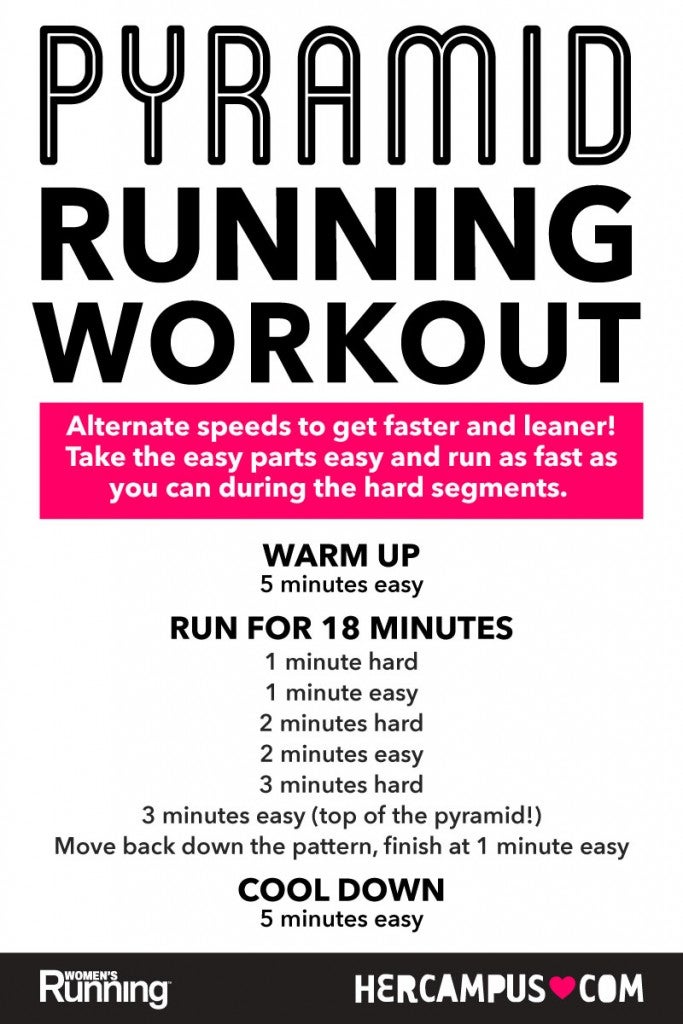Just How to Avoid and Take Care Of Discomfort in Operating: Professional Tips and Recommendations
As joggers, we usually discover ourselves caught between the exhilaration of pressing our physical limits and the discomfort that can accompany it. The search of that runner's high can sometimes be hindered by the unwanted buddy of pain. Whether you are an experienced marathoner or a newbie striking the sidewalk for the very first time, the bothersome visibility of pain and discomfort is a common measure. Nevertheless, there exist proven methods and experienced advice that can assist reduce and take care of these pains, allowing you to concentrate on the pleasure of running itself.
Value of Correct Footwear
Correct footwear plays a crucial function in stopping and taking care of pain for runners, as it significantly affects their convenience, performance, and total foot health. When it pertains to running, putting on the right shoes can make all the difference. Uncomfortable or incorrect shoes can bring about a host of issues such as blisters, shin splints, plantar fasciitis, and a lot more severe injuries like tension cracks.
Choosing the correct operating footwear includes taking into consideration elements such as foot kind, stride technicians, running terrain, and individual choices. Runners with high arches might need more padding and support, while those with flat feet may gain from stability footwear. Furthermore, understanding pronation (the inward rolling of the foot) and supination (the outward rolling of the foot) can aid in selecting footwear that offer the right degree of arch support.
Buying high quality running shoes that are proper for your private requirements can assist stop discomfort and pain while boosting your running experience. Focusing on appropriate footwear is not practically performance but also about safeguarding your foot health over time.

Efficient Warm-up Strategies
Shoes selection is simply one aspect of getting ready for a successful run; an additional essential aspect is executing efficient warm-up techniques to enhance efficiency and lower the threat of injury. A dynamic warm-up routine before a run helps raise blood flow to the muscular tissues, enhances versatility, and enhances the series of movement of the joints. Dynamic stretches like leg swings, high knees, and hip circles are valuable in preparing the body for the physical needs of running. Gradually raising the intensity of the warm-up workouts can aid trigger the muscles and enhance neuromuscular coordination.
Along with dynamic stretches, integrating some light cardio workouts such as jogging or avoiding rope can even more boost the heart rate and heat up the body. This combination of dynamic extending and light cardio assists loosen up tight muscular tissues, lubricate the joints, and psychologically prepares the jogger for the upcoming exercise (running strategy). By making warm-ups a constant component of your running routine, you can substantially minimize the risk of injuries and do at your ideal during each run
Secret Extending Exercises
When planning for a run, incorporating crucial extending exercises is necessary to boost muscle mass adaptability and prevent injuries - Read More. Dynamic extends such as leg swings, high knees, and hip circles are useful for heating up the muscle mass and raising variety of activity before a run. These motions aid boost blood flow, loosen limited muscle mass, and prepare the body for the task ahead
Static stretches like calf bone stretches, hamstring stretches, and quadriceps stretches need to comply with a run to assist in muscle healing and prevent rigidity. Holding each go for 15-30 seconds allows the muscular tissues to unwind and lengthen, reducing the danger of post-run discomfort and possible injuries.
Additionally, including yoga presents like down pet, pigeon pose, and spinal spins can target several muscle mass teams simultaneously, promoting overall versatility and stamina. Constant extending regimens not just boost efficiency however also help in maintaining good running form and stopping overuse injuries. Bear in mind, proper stretching techniques are vital for a risk-free and delightful running experience.
Recovery and Rest Techniques
After finishing a run, implementing efficient recovery and remainder strategies is crucial for making the most of efficiency and lessening the threat of injuries. In addition, integrating remainder days into your training schedule is important to stop overuse injuries and exhaustion.
Energetic healing techniques such as gentle stretching, foam rolling, and yoga exercise can aid improve flow, lower muscle soreness, and boost flexibility. It is likewise valuable to prioritize hydration and nutrition post-run to renew electrolytes, glycogen shops, and promote muscle recuperation.
Cross-training activities like swimming or cycling can offer a break from the repeated effect of running while still maintaining cardiovascular physical fitness - running strategy. Paying attention to your body and acknowledging when it requires a break is key to avoid persistent injuries and making certain long-lasting running success. Remember, rest is not a sign of weakness however a critical component of an all-around training regimen
Cross-Training Advantages

It permits you to function on various aspects of physical fitness that may not be targeted exclusively through running, leading to a much more well balanced and versatile professional athlete. Additionally, cross-training can help enhance running efficiency by attending to muscle imbalances and weak dig this points that may impede efficiency.
Conclusion
To conclude, correct footwear, workout strategies, stretching exercises, healing strategies, and cross-training are essential parts in protecting against and handling discomfort in running. By incorporating these practices into your regimen, you can lessen the threat of injury and discomfort while maximizing performance and pleasure of the sporting activity. Read More. Remember to pay attention to your body, focus on rest and healing, and look for specialist assistance when needed to make certain a safe and efficient running experience